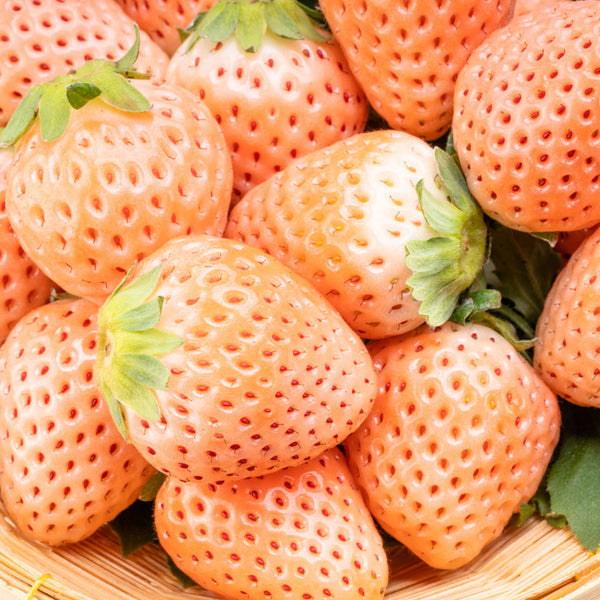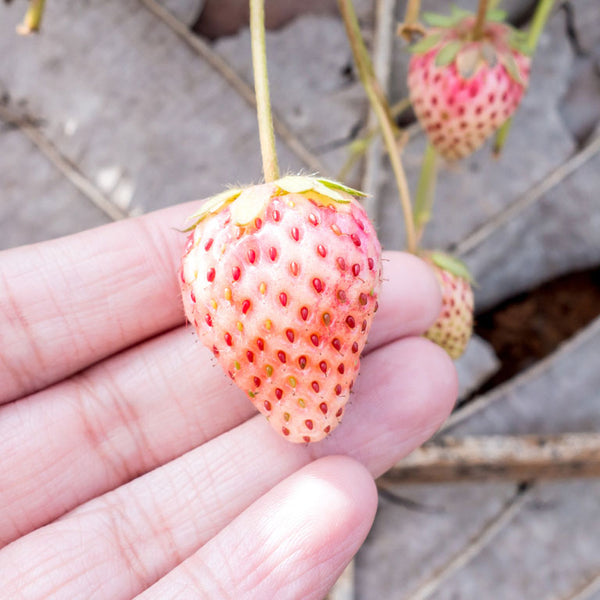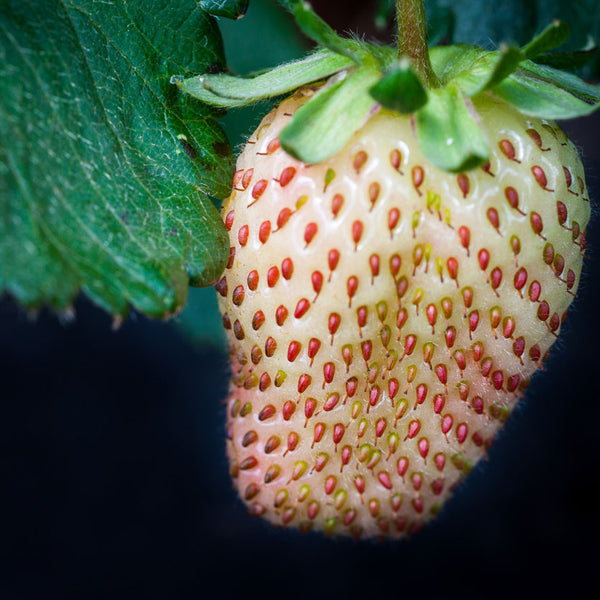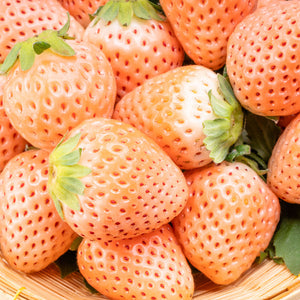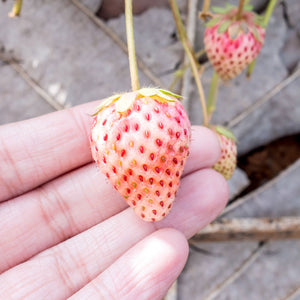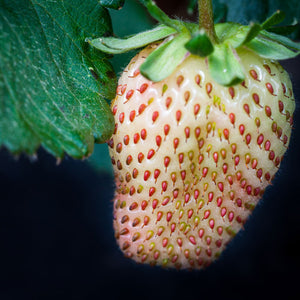Pineberry Strawberry Plant
Product Details
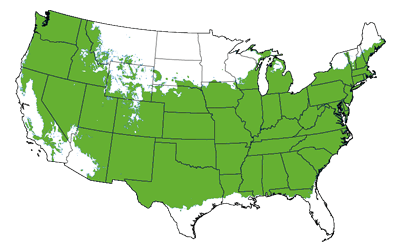 Growing Zones 5-8
Growing Zones 5-8
| Soil Type | Loamy Soil |
| Sunlight | Full, Partial |
| Drought Tolerance | Poor |
| Mature Height | 1 Foot |
| Mature Width | 1-2 Feet |
| Growth Rate | Fast |
| Bloom Color | White |
| Shipping Restriction | AZ |
Switch up your strawberries this summer! Instead of the usual bright red berries, these adorable berries are white with red seeds - and are sure to be an irresistible curiosity in your garden!
Strictly speaking, pineberries aren’t strawberries. Rather, they are strawberry hybrids, which means they are more tart than their red-skinned counterparts. At the same time, they maintain the red strawberry’s firm texture.
Pineberries are perfect as an afternoon snack, but you can also use them as substitutes for other berries in your recipes. They’re perfect in smoothies, salads, or jams!
Pineberries are hardy berries that can be grown in colder climates. They’re also adaptable enough to be planted in containers or in the ground. They make for an ideal strawberry alternative, since pests can’t spot their white skin!
From the time your Pineberry Strawberry Plant sprouts its first unusual berry, you’ll be the talk of the neighborhood. Order your unique berry plant today!
How big does the Pineberry Strawberry Plant get?
8 to 12 inches high and 10 to 18 inches wide.
What pests does the Pineberry Strawberry Plant attract?
Birds and slugs like to eat pineberries, but because of their white skin, these pests cannot spot them as easily as they can red strawberries.
Do pineberries taste like strawberries?
They have the texture of strawberries, but many pineberry fans compare their flavor to pineapples or other tropical fruits.
Planting
Dig a hole as deep as the roots and twice as wide. Create a mound of dirt at the bottom of the hole, and spread out the plant’s roots around it. Backfill the hole, water the soil, and mulch around the plant. This keeps the soil cooler and ensures better berry production.
Make sure you’re planting in a location that drains well, as pineberry strawberries are at risk for root rot.
Watering
Pineberries need at least one inch of water and up to two inches during the growing season, especially in hot weather. Yellow, drooping lines can mean you’re overwatering, while dry, brown leaves may mean you’re underwatering.
Fertilizing
Apply a balanced 10-10-10 fertilizer about a month after planting and then again in August.


